BlogRSS
Souvenirs from the Ball of the Duke of Brabant
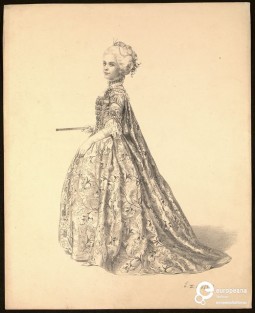
Many elements come together to determinate the success of a party, but just few of them can be recalled to mind with exact precision. If dress can be considered one of those, then the detailed illustrations commissioned by the Duke of Brabant depicting the fancy outfits of his guests are powerful documents, able to evoke the atmosphere of gala nights taking place in the second half of nineteenth century.
THE EDITOR’S COLUMN: GALA
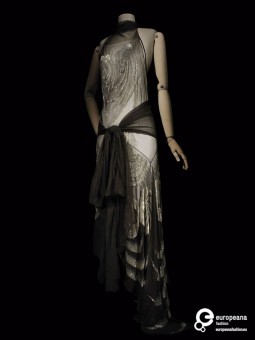
December is, by definition, a festive month. The many celebrations crowding our calendars during the last month of the year call, necessarily, for the right dress. For this month’s theme, we decided to dive into the Europeana Fashion archive and pick the best objects representing December’s party mood, concentrating around the idea of ‘Gala’, and its translation into clothes and accessories.

Fashion plate, showing an evening dress and ball dress, from 'La Belle Assemblée’, 1828, Courtesy Victoria and Albert Museum CC BY
Galas are part of popular imagination as dreamlike events, where everything – from the little details to the actual design of the whole experience – concurs in the defition of the uniqueness of the moment. The architecture of these moments is as ephemeral as it is marvellous, and it it in their being rare and, most of the times, of restricted access that events such as galas, balls, and other social performances catch people’s fantasies, provoke admiration and desire.

Evening wrap of silk taffeta, probably made in France, 1904, Courtesy Victoria and Albert Museum CC BY
Galas have been portrayed in stories and fairytales as pivotal moments in the articulation of the narrative, and in these cases artefacts are most of the times the core devices to visualise the importance and relevance of the event: one for all, the power of Cinderella’s shoe in making the story iconic in itself. This idea has been taken up into the transposition of these stories into movies, where costume designers have the task to make garments speak.

Embroidered Evening Gown designed by Vionnet, 1929, Courtesy Les Arts Décoratifs Paris, All rights Reserved
Apart from showcasing some material examples relating to special occasions, we will look at the people who are responsible of making the ‘stuff’ of which these dreams are made of: designers, but also embroidered and manufacturers responsible of the various objects populating these gilded scenarios. Some space will be dedicated to the ‘master of ceremonies’ and their role into contracting and disseminating this desire.
So, await for some fascinating insights on the material culture of partying and gala and, please, dress accordingly.
Wide and strong: shoulder pads

‘To have broad shoulders’ is a quite common idiom, meaning ‘to be able to cope with difficult situations’. As it often happens, the metaphorical meaning of the sentence is directly linked to the image it evokes; and fashion, with its ability to act on the shape of the body, has proved to have much to do with the construction of this visual metaphor.
Europeana Fashion Focus: Housecoat by Paul Poiret, 1923
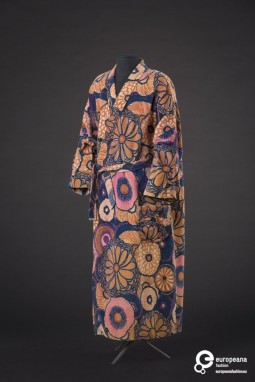
The housecoat for man is made of cotton velvet printed with a floral pattern in multiple colours. It was designed by Paul Poiret in 1923, using the fabric produced by his own Atelier Martine, an atelier dedicated to interior and textile design.
The Maxi Dress
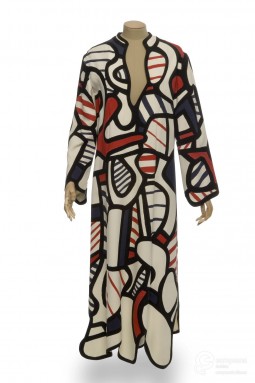
The Maxi Dress appeared in the 1960s, launched by high-end fashion designer Oscar de la Renta, already famous for his women’s evening wear and suits.
By 1968, when the New York Times published a lacy cotton version made for Elizabeth Arden, millions of people started buying and wearing dresses designed alongside the lines of this famous one; the Maxi Dress then became a women’s wardrobe essential throughout the 1970s. The popularity of this model is also due to the costumes designed for the movie based on Pasternak’s book Dr. Zhivago, in which Julie Christie wore flowing romantic maxi dresses, as well as maxi coats over trousers.
The most common maxi dresses were initially slightly shorter than ankle length, and usually made of lace. It wasn’t until the 1970s – the decade in which it gaind huge popularity and became a must-have fashion item, along with similar caftan and boho-styled clothing – that it started being decorated with a wide variety of motifs, from paisley to exotic and psychedelic prints. Designers such as Yves Saint Laurent, Biba, Halston, Ossie Clark and Pierre Cardin came out with their own stunning versions of the trend.
This peculiar design, almost completely disappeared by the 1980s and the 1990s, has recently made its comeback; today in fact, the maxi dress has become a go-to-garment for women all over the world, since its form can be adapted according to different requirements, either of style and substance.
Wide Stories: The Mantua

Popular for what we now consider an exaggerated silhouette, the ‘mantua’ - a style of gown in fashion in the late seventeenth century and early eighteenth century – bears a story as wide as its volumes.
The fabric of desire: indian textiles
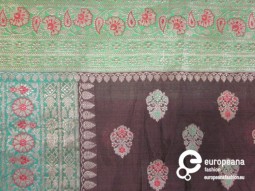
Objects from different, often unknown cultures have for so long cast a spell on the imagination of people in the West. Geographical distances weigh on the ‘cultural capital’ of artefacts that come from far away. Then, if these objects are something so unique they can be hardly reproduced at home, their material value combines with the meaning they acquire when they travel, in space but also in time.
From a Doll’s Wardrobe: Maison Martin Margiela A/W 1994-95
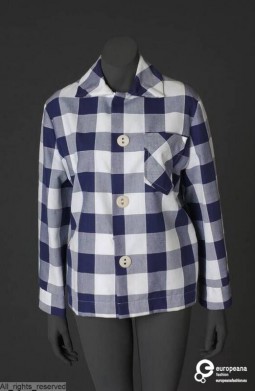
In the autumn/winter 1994-95 women’s prêt-à-porter collection designed by Maison Martin Margiela, some clothes were remarked by unusual features. These items all reported a second label, which indicated that they were ‘Garments reproduced from a doll’s wardrobe (details and disproportions are reproduced in the enlargements)’.
Megastructures

The way in which the feminine figure has been more widely represented focuses on the exaggeration of the feminine characteristics; example of this are the so-called ‘Venus’ Figurines, statuettes of women created in the upper Palaeolithic.
Whether representing a sensual meaning or an invocation of fertility, the general similarity in design and shape of these(Small) objects of desire: Réticules and Minaudières
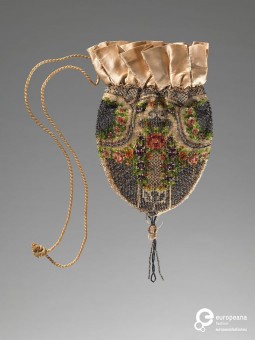
Nowadays, it is difficult to imagine a woman, whatever her taste, role or occupation, without a bag. They allow to us carry all the things we need - and want - to keep with us. In their most iconic versions, they can even be considered a statement on their own right. Interestingly, in late eighteenth century popular bags were so small they were considered ephemeral, nearly a ‘joke’.


